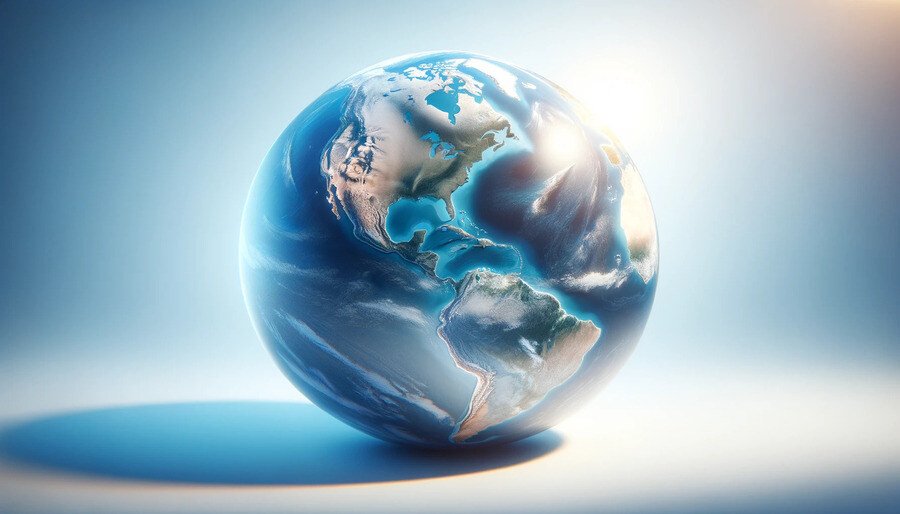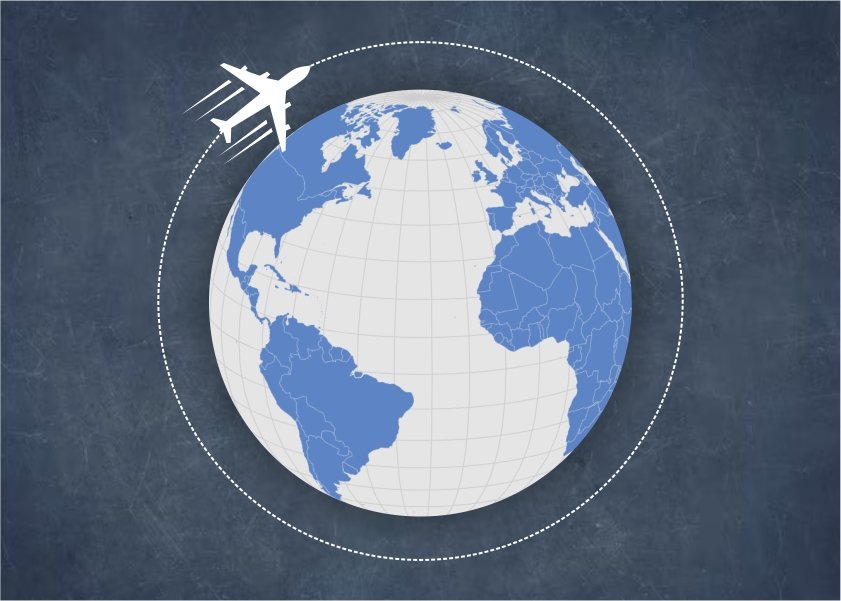Travel and tourism continues to grow at an unprecedented rate, with more people than ever before venturing out to explore new destinations and experience different cultures. However, amidst this surge in travel, there is a growing concern about the impact it has on the environment, particularly in terms of water consumption.
Water is a precious resource, and its scarcity is becoming an increasingly pressing issue worldwide. As the travel and tourism industry expands, so does its water footprint. Hotels, resorts, and tourist attractions all require significant amounts of water to operate, from providing guests with drinking water to maintaining swimming pools and gardens.
However, there is a positive trend emerging within the industry: the decrease in water intensity. Water intensity refers to the amount of water consumed per unit of economic value generated. In other words, it measures how efficiently water is being used by the tourism sector.
One reason for this decrease in water intensity is the growing awareness and implementation of sustainable practices within the industry. Many hotels and resorts are now adopting water-saving technologies and practices to reduce their water consumption. This includes installing low-flow showerheads and faucets, using rainwater harvesting systems, and implementing water recycling and reuse systems.
Furthermore, destinations are also taking steps to manage their water resources more effectively. Governments and local authorities are investing in infrastructure and technologies that improve water management, such as wastewater treatment plants and desalination plants. They are also implementing policies and regulations to encourage responsible water consumption in the tourism sector.
Moreover, tourists themselves are becoming more conscious of their water usage while traveling. Many travelers are now choosing accommodations that have sustainable practices in place, including water conservation measures. They are also actively participating in water-saving initiatives, such as reusing towels and linens, and being mindful of their water usage in activities like swimming and water sports.
These combined efforts are paying off, resulting in a decrease in water intensity within the travel and tourism industry. As a result, the sector is becoming more sustainable and less detrimental to the environment.
However, there is still work to be done. The continued growth of travel and tourism means that water consumption will inevitably increase. Therefore, it is crucial for the industry to continue its efforts in reducing water intensity and finding innovative solutions to mitigate its impact on water resources.
Education and awareness play a vital role in achieving this goal. Travelers should be informed about the importance of water conservation and encouraged to make conscious choices during their trips. Similarly, businesses within the tourism sector must prioritize sustainable practices and invest in technologies that reduce water consumption.
In conclusion, the travel and tourism industry is experiencing remarkable growth, but it is also recognizing the need to address its environmental impact, particularly in terms of water consumption. The decrease in water intensity is a positive trend that demonstrates the industry’s commitment to sustainability. By implementing water-saving technologies, adopting responsible practices, and educating travelers, the industry can continue to grow while minimizing its water footprint, ensuring a more sustainable future for travel and tourism.





